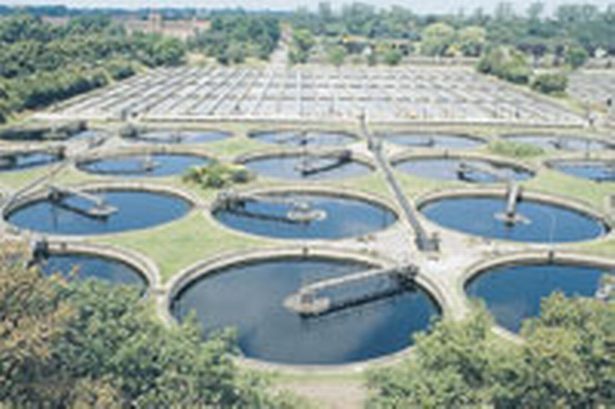Where It Goes
When water is castoff, it drains down the washing or into the channel of the tub or basin and runs over many drains as well as pipes until it reaches the sewers. These structures are accountable for transporting the wastewater away from our houses and delivering it to the wastewater treatment plants.
What It Is?
Water is often separated into two types, the first kind of water known as black water that comes from toilets and comprises of fecal matter or urine. The substance in this water has to be decomposed. The secondary kind of water, known as grey water, comes from washing procedures that necessitate water, such as the shower, basin and washing machine. After handling, grey water can from time to time be recycled for flushing toilets or dampening plants.
imge Source : https://wordpress.com
What Happens To It?
Wastewater generally goes through three courses at a treatment plant. During the primary course, wastewater is detained in a motionless basin and is permitted to separate. The solids bit by bit drift to the foot, while oils and greases drift to the top. These parted elements are then detached, and the water is stimulated to another process.
In the subsequent process, known as subordinate treatment, organic matter that has either liquefied into or is being deferred in the water is eliminated. This is generally done by means of water borne microorganisms that are reserved in an organized habitat. Every now and then, a separation procedure is repeated prior to the third and final process.
In the last process, recognized as tertiary treatment, water is set for reentry into ground's water systems. This is usually done by sterilizing the water either chemically or physically.
Of course, there are loads of steps involved in this treatment in order to correctly treat water for reinstatement into the system. Wastewater treatment plants are an important part of our water schemes, and without them we will face possible water adulteration that can be harmful.






I read your blog and I noticed some useful information from this post. Thanks for sharing unique information.
ReplyDeleteSewage Water Treatment
Wastewater Package Plants